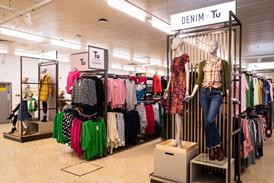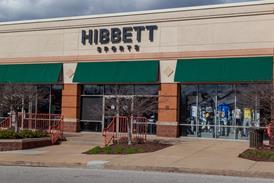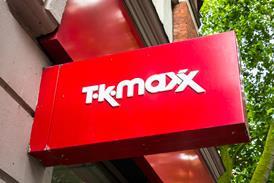Retail is cut-throat. In order to avoid more closures and layoffs, retailers need to implement the right tech to maximise sales and revenue, says John Bates, chief executive of Eggplant.
The retail industry has transformed dramatically recently and, with some parts of the UK in the midst of its second lockdown, it must brace itself for a tough and uncertain future.
While it is impossible to completely future-proof the entire industry, retailers can prepare for unprecedented events by implementing technology that creates agility and flexibility within stores.
Retail point of sale (POS) systems – the place where a retail transaction is completed, including self-service, cashier or mobile – are a good example of this.
“A glitchy self-checkout can be a cause of frustration for customers who can easily switch to a competitor”
However, simply implementing this technology isn’t enough – a glitchy self-checkout can be a cause of frustration for customers who can easily switch to a competitor.
Retailers must ensure their technology is working flawlessly as a seamless digital experience is crucial for success.
Time is money
Competition within POS has been heating up recently as retailers vie for greater efficiency, convenience and ease of payment.
As with any other software-driven technology, POS systems must be rigorously tested to ensure they remain stable. However, this isn’t a simple tick-box exercise.
Due to the cost, instead of replacing an out-of-date unit, retailers often build in new features, such as mobile ordering, new special offers and contactless payments, on top of established platforms.
“As with any other software-driven technology, POS systems must be rigorously tested to ensure they remain stable. However, this isn’t a simple tick-box exercise”
During the pandemic, several additional changes evolved in POS systems – including the need to space out customers at checkouts, one-way systems and limiting the proximity of self-checkouts.
This all results in POS systems built on a complicated technology stack, creating a difficult environment to test.
While testing can be done manually, this process can take months – time retailers can no longer afford.
Automated testing drives innovation
Due to the complexity, using a one-size-fits-all testing model won’t work. However, intelligent automated testing can relieve retailers of the burden of this time-intensive task.
Retailers can take full control of the testing experience and understand devices in the same way a user does.
For example, intelligent test automation software can use the touchscreen on a self-checkout in the way a user would. When it comes to checking out, it can control robot arms to insert a credit card or tap a PIN pad.
It’s important that low-code approaches are used so non-technical employees can be trained quickly to set up tests without prior programming knowledge.
Retailers can then quickly roll out testing processes across systems, increasing visibility while saving time and money. Ultimately, this allows retailers to become agile – ready to adapt to unforeseen circumstances as well as moving quicker than competitors.
As highlighted earlier, the retail industry can be ruthless. Implementing technology is no longer a ‘nice-to-have’ – undoubtedly, it will impact whether retailers sink or swim.

John Bates is chief executive officer of Eggplant


























